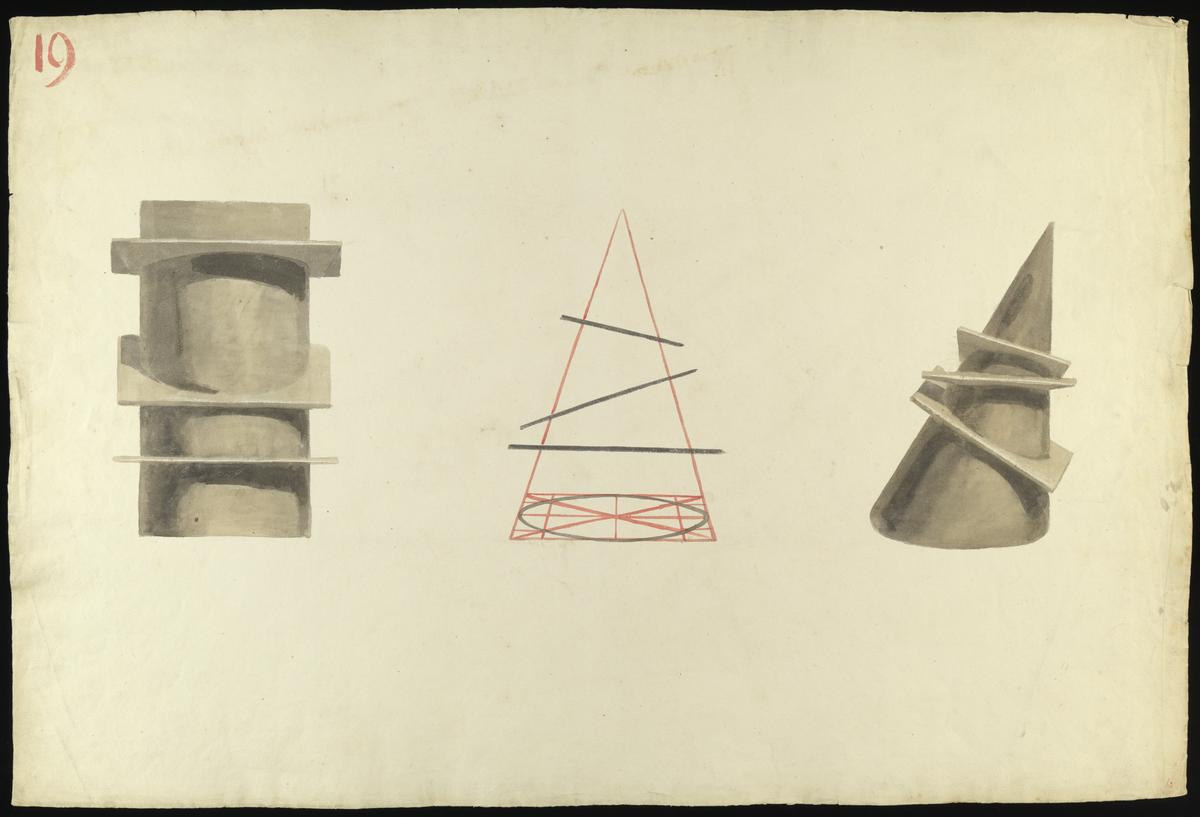1909
A.J. Finberg, A Complete Inventory of the Drawings of the Turner Bequest, London 1909, vol.I, p.585, CXCV 62, as ‘Discs round a column and cube; also a diagram’.
1980
Judy Egerton [and Clifford Ellis], ‘JMWT PP’: A Selection of Drawings Made by Turner to Illustrate his Royal Academy Lectures as Professor of Perspective, exhibition pamphlet, Tate Gallery, London 1980, p.[5].
1992
Maurice Davies, Turner as Professor: The Artist and Linear Perspective, exhibition catalogue, Tate Gallery, London 1992, p.39, reproduced in colour fig.29.
1994
Maurice William Davies, ‘J.M.W. Turner’s Approach to Perspective in His Royal Academy Lectures of 1811’, unpublished Ph.D thesis, Courtauld Institute of Art, London 1994, pp.163–4, 255.
2004
Andrea Fredericksen, Vanishing Point: The Perspective Drawings of J.M.W. Turner, exhibition catalogue, Tate Britain, London 2004, p.19 reproduced in colour pl.9.

